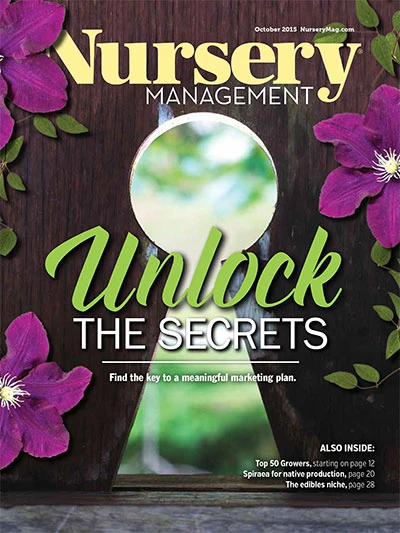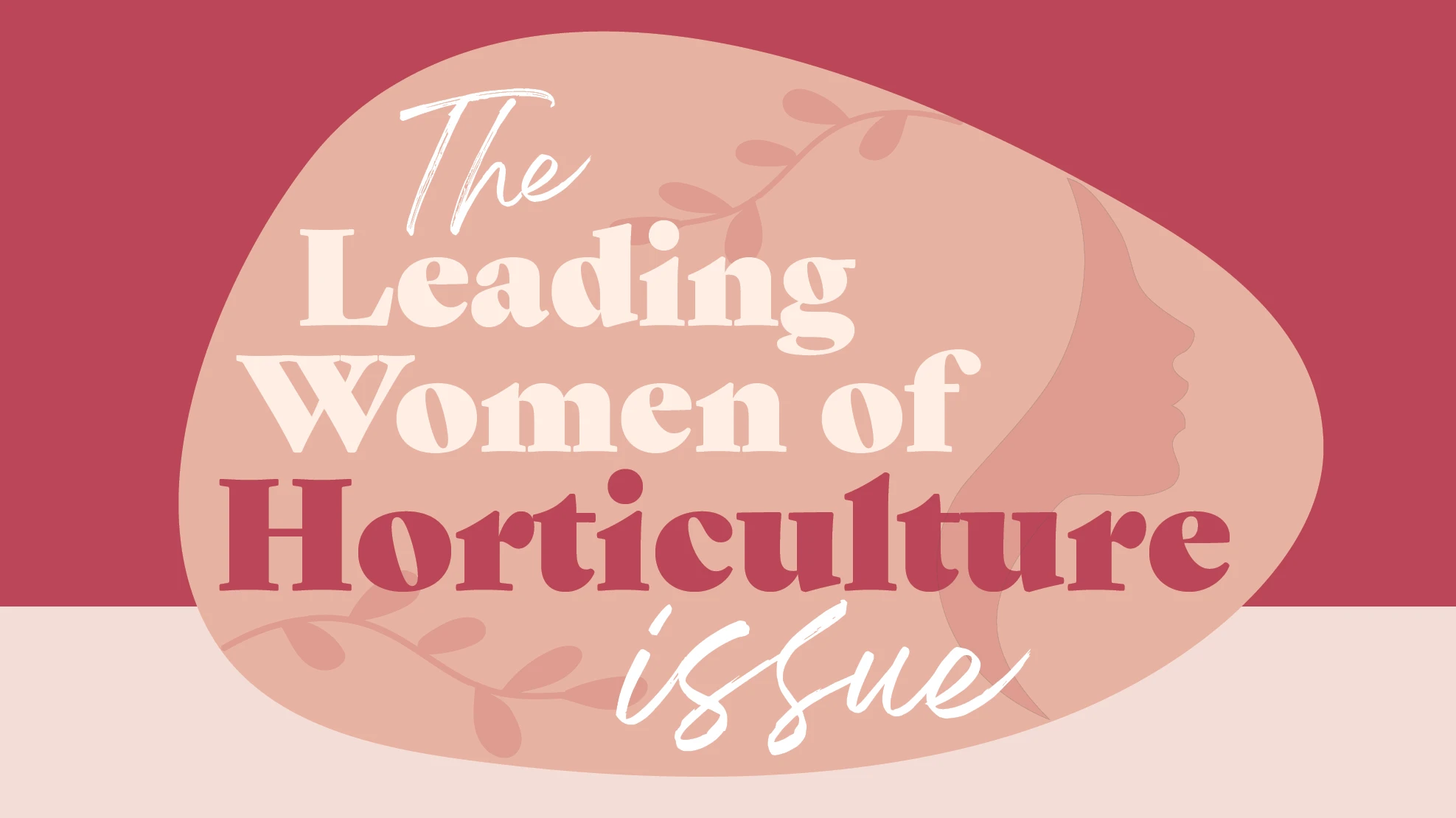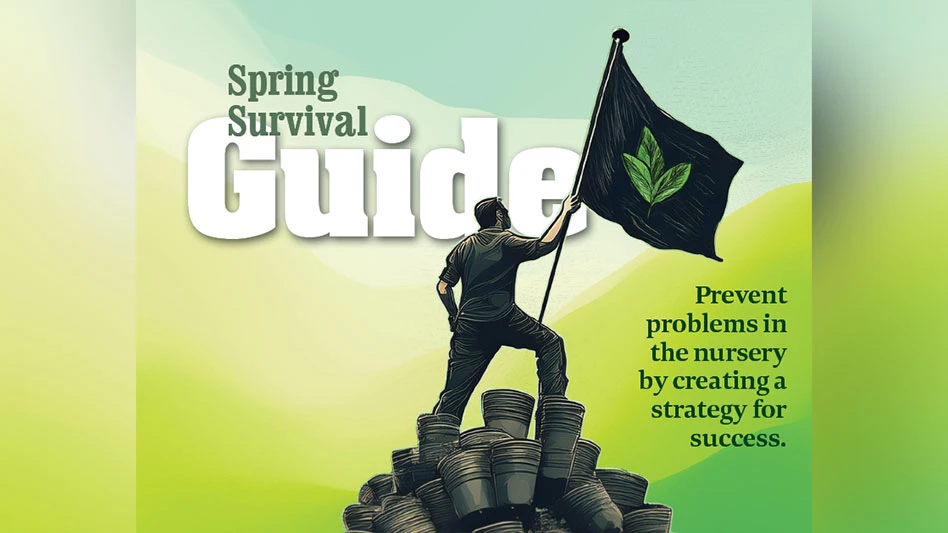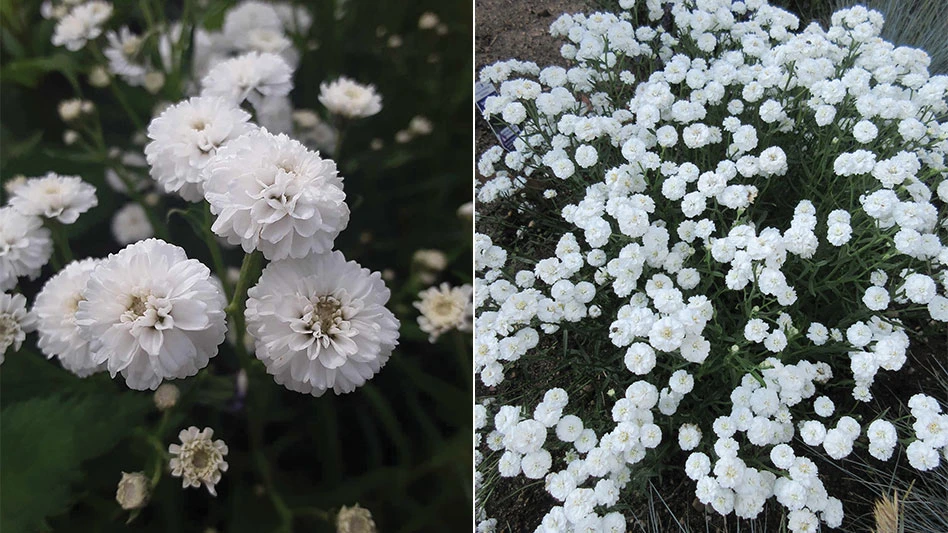 This summer, Village Nurseries Wholesale launched the Save Water - Stay Green Campaign to help educate consumers that they can save water and still enjoy a beautiful landscape and garden. The campaign was designed to inform consumers that combining lower water use plants with reduced irrigation, such as drip irrigation and low-flow sprinkler heads is the key to saving water while maintaining a desirable landscape.
This summer, Village Nurseries Wholesale launched the Save Water - Stay Green Campaign to help educate consumers that they can save water and still enjoy a beautiful landscape and garden. The campaign was designed to inform consumers that combining lower water use plants with reduced irrigation, such as drip irrigation and low-flow sprinkler heads is the key to saving water while maintaining a desirable landscape.
“Drought-tolerant plants conjure up visions of arid landscapes with little more than cacti, succulents and rocks,” says David House, CEO at Village Nurseries, based in Orange, Calif.
But Village has identified a huge list of low-water plants that offer flowers, attractive foliage, bold colors and interesting textures. House estimates that approximately 70 percent of its 950 acres of inventory will perform well in the markets it serves with less water. The full list is available at http://bit.ly/1LuHIBu.
Nurseries in California have seen a major shift in the types of plants that consumers are requesting, including the demand for plants that perform well in South Africa, Australia and the Mediterranean.
Drought tolerant plants have become the biggest sellers and House is anticipating a shortage of these plants in months to come. However, the nursery is determined to help consumers understand they don’t need to restrict themselves to a narrow plant palette to be drought tolerant.
“The net-net is everyone can continue to enjoy the beauty of the trees and shrubs in their outdoor environments; more prudent irrigation practices are required and in some cases a reduction of turf could be needed, but cactus and rocks need not be the theme,” House says.
When the state of California enacted water restrictions, people became concerned about spending their discretionary dollars on plants wondering if the plants will live, and if it’s the right thing to do, he says. Last year, Los Angeles started offering a rebate of $3.75 on every square foot of grass homeowners tear up and replace with any kind of drought friendly landscape. Similar programs have taken off throughout the state through the local water agencies. The rebate programs have created a boom for growers that offer drought-tolerant plants and especially growers that sell to landscapers.
“The municipal rebates that were given back through counties and the different regional water districts and agencies to remove turf has created a real opportunity for us as far as increased plant sales,” House says.
“We are in an extreme drought right now, but that doesn’t mean it’s the end of landscaping,” House says. “The fact is, landscaping adds value to real estate. Whether you’re a homeowner, homebuilder or commercial real estate developer, you’re going to want to have a landscape and you’re going to want that landscape to look as nice as it possibly can, because it adds value and it’s good for the environment.”
The nursery also has made changes to its own irrigation practices in production. This year, Village converted more of its acreage to drip irrigation systems. For the smaller plants that are more difficult to water with the drip system, the nursery installed a suspended modular irrigation system. It uses fewer gallons per minute than the usual overhead irrigation, improving watering efficiency by 20 percent.

Explore the October 2015 Issue
Check out more from this issue and find your next story to read.
Latest from Nursery Management
- Leading Women of Horticulture: Crystal Cady and Elizabeth Brentano
- USDA fires experts on invasive pests, including Asian citrus psyllid, chilli thrips
- Dümmen Orange North America celebrating 25th anniversary in 2025
- Redesigning women
- Illinois Landscape Contractors Association changes name to Landscape Illinois
- 2025 Proven Winners Horticulture Scholarship applications now open
- ICL’s Gemini Granular herbicide now registered for use in California
- Eurazeo Planetary Boundaries Fund acquires Bioline AgroSciences





